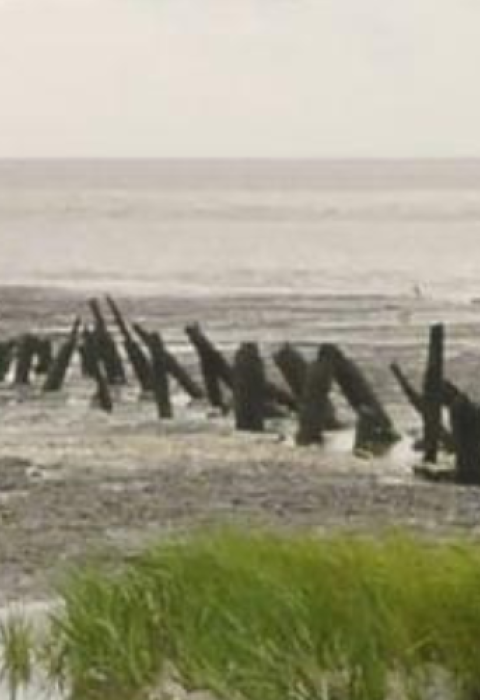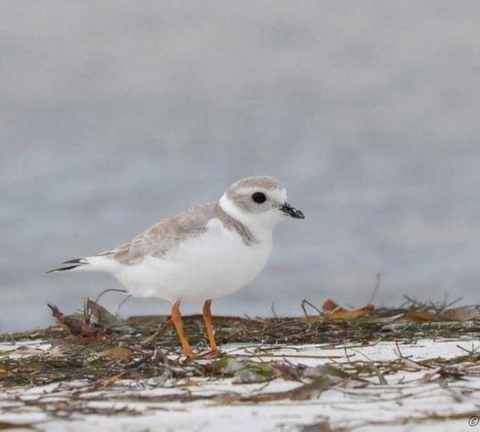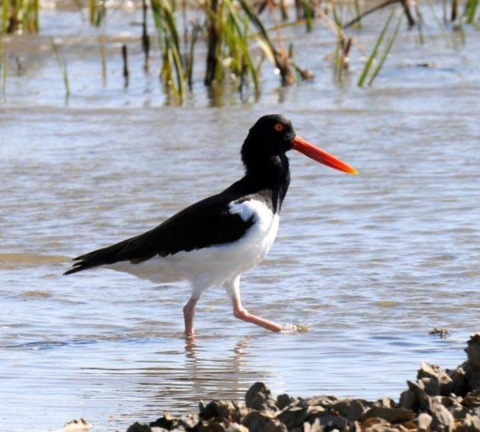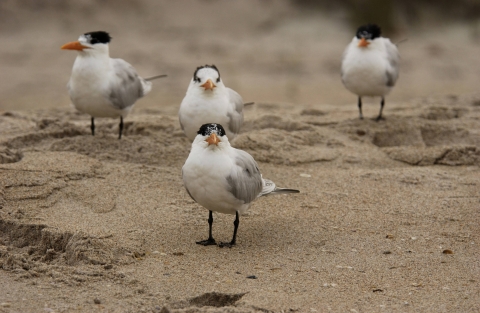Editor's Note: This story was originally published on July 12th, 2017.
Wolf Island National Wildlife Refuge, Georgia – It rained heavily the night before, and the puffy white clouds on the horizon presaged more storms heading for the Georgia coast. At 7 am., with the tide receding, Tim Keyes hustled the Carolina Skiff into the Altamaha Sound where the same-name river meets the sea.
Destination: the low-lying barrier islands off limits to the public, but teeming with at-risk, threatened and endangered birds.
“The mouth of the Altamaha is just a spectacular location with a high tidal range and very healthy oyster beds that provide huge amounts of foraging habitat for seabirds and shorebirds,” said Keyes, a wildlife biologist with the state’s Department of Natural Resources. “It’s the whole package, really, and about as remote as you can get on the Georgia coast, maybe the entire Atlantic coast.”
Wolf Island, for centuries, was a favorite bird-hunting spot. In the 1700s, it served as a quarantine area for sailors sick with yellow fever. A lighthouse on the island’s north end operated as far back as 1822, but was destroyed by hurricanes and, ultimately, Confederate soldiers who didn’t want to aid Union ships. Another lighthouse was built after the war, but the terrible 1898 hurricane leveled it and killed several island residents as well.
Wolf Island, and two neighboring sandbars, became a national wildlife refuge national wildlife refuge
A national wildlife refuge is typically a contiguous area of land and water managed by the U.S. Fish and Wildlife Service for the conservation and, where appropriate, restoration of fish, wildlife and plant resources and their habitats for the benefit of present and future generations of Americans.
Learn more about national wildlife refuge in 1930 to protect nesting sea turtles, rare migrating birds and endangered or threatened shorebirds like the piping plover. Jane Hurt Yarn, a prominent Atlanta environmentalist with the Nature Conservancy, bought Wolf, Egg and Little Egg islands in the late 1960s. The U.S. Fish and Wildlife Service took control of the additional land from TNC in 1972.
“There’s a great flow of fresh water, sediment and nutrients feeding this really rich estuary, and the entire mouth of the Altamaha is under some form of protection: the U.S. Fish and Wildlife Service refuge; state natural areas; and private islands under long-term protection,” Keyes said.
While boaters and anglers may anchor offshore, the beach, marsh and uplands are closed.
Saltwater marsh comprises three-fourths of the refuge’s 5,000 acres; the uplands rise maybe 10 feet above sea level and, in spring, sea oxeye daisies abound.
The birds, though, rule. The islands at the mouth of the Altamaha offer prime real estate for migratory birds traveling the 3,000-mile Atlantic Flyway from the Arctic to the Caribbean. Shorebirds, like brown pelicans and American oystercatchers, spend summers nesting among the low dunes. Bald eagles frequent the refuge, feeding on the abundance of fish and birds passing by.
Keyes maneuvered the Skiff into a nearby cove on the state-owned Little Egg Island Bar. A family of mottled ducks foraging for breakfast in the shallow water begrudgingly moved aside. Ashore, the bounty of birds was something to behold: black skimmers, royal terns, least terns, brown pelicans, eastern willets, Wilson’s plovers, marbled godwits, short-billed dowagers, purple sandpipers and more.
A decade ago, no spot along the Atlantic Coast tallied more royal terns (9,000 pairs) than Egg Island. The pelican colony as well was larger than any other Eastern habitat. And, in the fall of 2011, more than half of the threatened rufa red knot population – 23,000 of the long-distance birds – were counted across the mouth of the Altamaha River.
Mid-morning, Keyes turned the boat landward. Two porpoises gamboled in the surf off Wolf Island. A shrimp boat bobbed in the distance. Small hammocks covered in spartina grass popped up as the tide receded. And the rain again started to fall.






